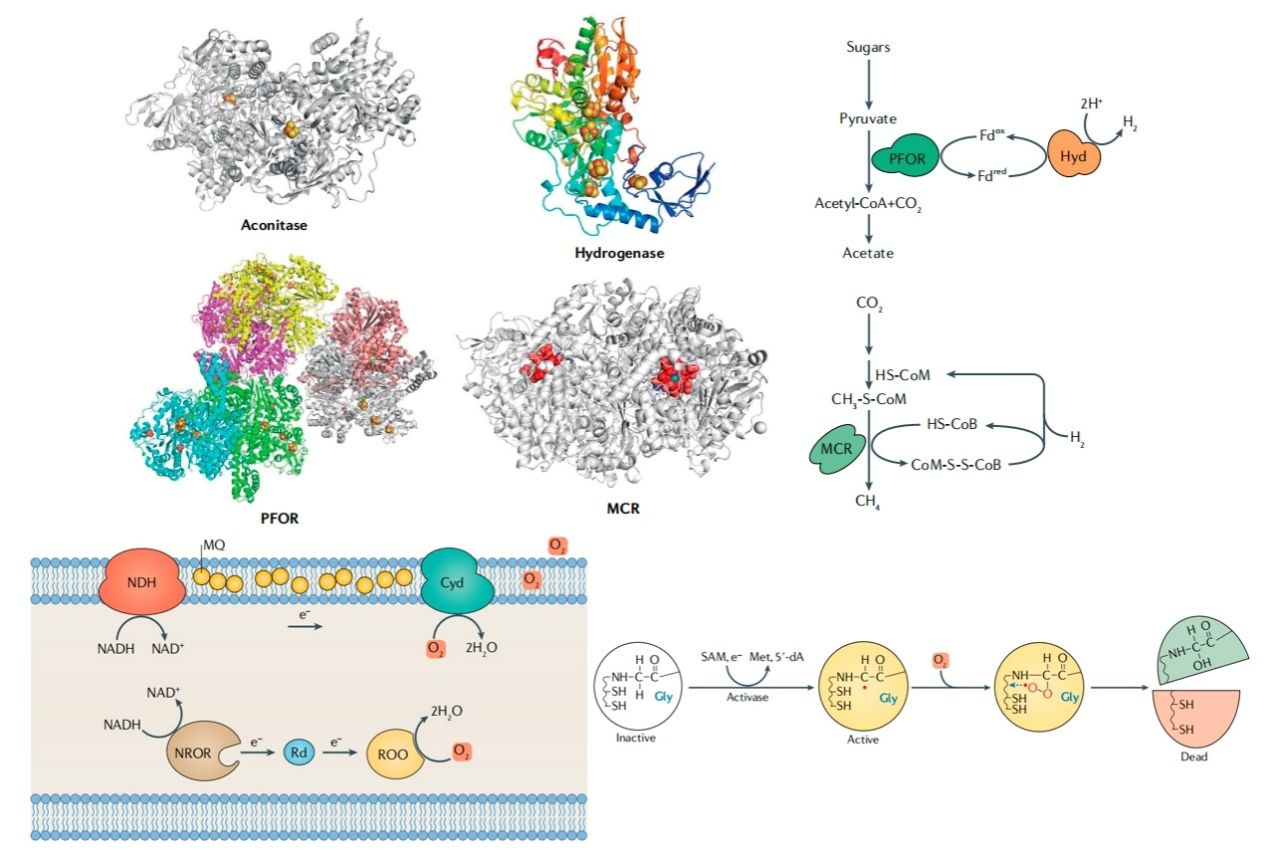
Abstract:
The defining trait of obligate anaerobes is that oxygen blocks their growth, yet the underlying mechanisms are unclear. A popular hypothesis was that these microorganisms failed to evolve defences to protect themselves from reactive oxygen species (ROS) such as superoxide and hydrogen peroxide, and that this failure is what prevents their expansion to oxic habitats. However, studies reveal that anaerobes actually wield most of the same defences that aerobes possess, and many of them have the capacity to tolerate substantial levels of oxygen. Therefore, to understand the structures and real-world dynamics of microbial communities, investigators have examined how anaerobes such as Bacteroides, Desulfovibrio, Pyrococcus and Clostridium spp. struggle and cope with oxygen. The hypoxic environments in which these organisms dwell - including the mammalian gut, sulfur vents and deep sediments - experience episodic oxygenation. In this Review, we explore the molecular mechanisms by which oxygen impairs anaerobes and the degree to which bacteria protect their metabolic pathways from it. The emergent view of anaerobiosis is that optimal strategies of anaerobic metabolism depend upon radical chemistry and low-potential metal centres. Such catalytic sites are intrinsically vulnerable to direct poisoning by molecular oxygen and ROS. Observations suggest that anaerobes have evolved tactics that either minimize the extent to which oxygen disrupts their metabolism or restore function shortly after the stress has dissipated.
全文链接:https://www.nature.com/articles/s41579-021-00583-y